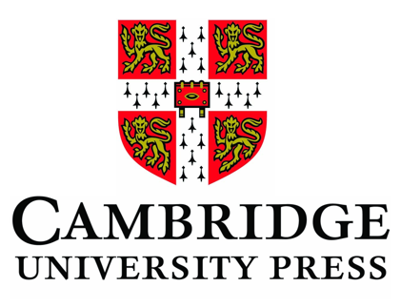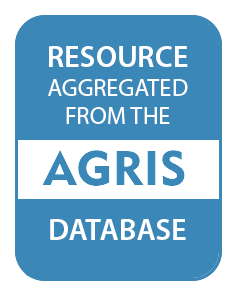Location
Cambridge University Press is part of the University of Cambridge. Our mission is to unlock people’s potential with the best learning and research solutions. Our vision is a world of learning and research inspired by Cambridge.
Our peer-reviewed publishing lists comprise over 53,000 titles covering academic research, professional development, over 350 research journals, school-level education, English language teaching and Bible publishing. This list is growing every year and spans subjects from aesthetics through to zoology, with authors ranging from Shakespeare to English language teaching author, Ray Murphy.
A pioneer in our field, we are committed to supporting innovation in learning and teaching. We publish without boundaries, ensuring our resources are accessible across the globe, in print, online and other digital formats.
We take pride in supporting community programmes across the globe. Staff are encouraged to offer practical help, advice and funding to nurture vital charitable, educational and voluntary partnerships.
Playing a leading role in today's global market place, we have over 50 offices around the globe, and distribute our products to nearly every country in the world. We publish 50,000 authors based in over 100 different countries.
Members:
Resources
Displaying 16 - 20 of 81The yield gap: closing the gap by widening the approach
The yield gap has arisen again as a focus for agricultural research to ensure food security and economic growth for farmers around the world. To examine this renewed interest, we carried out a review of key literature in the field of yield gap analysis to identify important gaps in research and analysis. In so doing, both the complexities in yield gap studies emerged along with some significant omissions. Much of the literature and research on the yield gap has been framed by larger concerns and initiatives to raise agricultural productivity.
Longitudinal analysis of maize diversity in Yucatan, Mexico: influence of agro-ecological factors on landraces conservation and modern variety introduction
Transformations that farmers bring to their traditional farming systems and their impacts on the conservation and evolution of maize varieties over a 12-year period are investigated using a longitudinal analysis. Despite the increased introduction and supply of improved maize variety seeds in the Yucatan Peninsula, Mexico, over the last 12 years farmers continue to maintain a substantial amount of traditional maize variety diversity.
22 year assessment of deforestation and restoration in riparian forests in the eastern Brazilian Amazon
Brazilian environmental law imposes more restrictions on land-use change by private landowners in riparian forests than in non-riparian forest areas, reflecting recognition of their importance for the conservation of biodiversity and key ecosystem services. A 22-year time series of classified Landsat images was used to evaluate deforestation and forest regeneration in riparian permanent preservation areas over the past two decades, focusing on the municipality of Paragominas in the state of Pará in eastern Amazonia.
Tradable rights in conservation: useful policy tool or industry in themselves?
In recent decades, markets have become widely used for environmental resources. Prime examples include water rights where trade enables water to be allocated to the most profitable crops, and allows farmers more flexibility to cope with climatic variability (Bjornlund 2003). Similarly, tradable rights for air pollution minimize the cost of meeting air quality targets (Stavins 1998). The same principles can potentially be widely applied to biodiversity conservation. In this issue, we are fortunate to have a short but diverse series of papers on tradable rights in conservation.
Rapid assessment of historic, current and future habitat quality for biodiversity around UK Natura 2000 sites
Changes in landscape composition and structure may impact the conservation and management of protected areas. Species that depend on specific habitats are at risk of extinction when these habitats are degraded or lost. Designing robust methods to evaluate landscape composition will assist decision- and policy-making in emerging landscapes. This paper describes a rapid assessment methodology aimed at evaluating land-cover quality for birds, plants, butterflies and bees around seven UK Natura 2000 sites.




